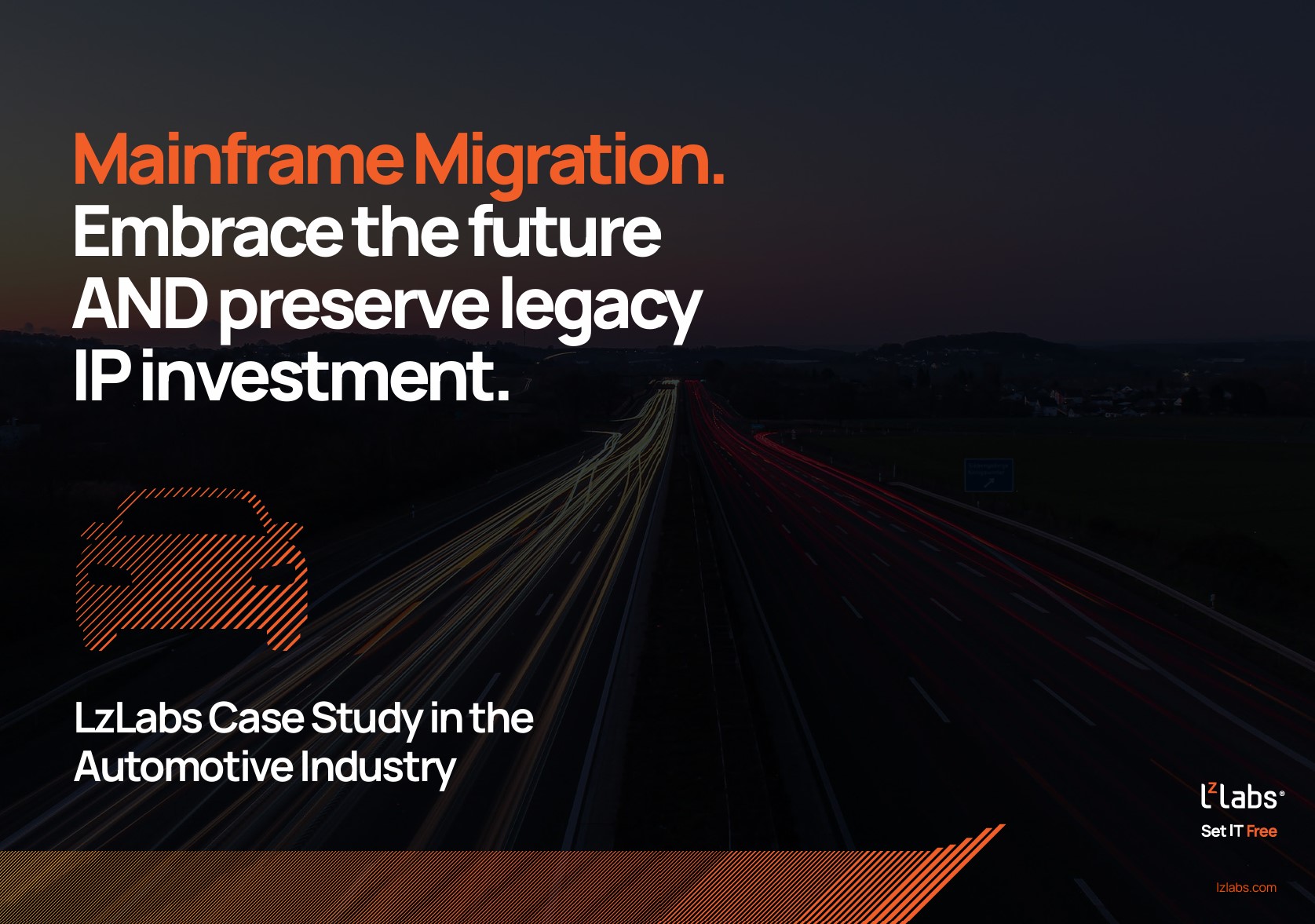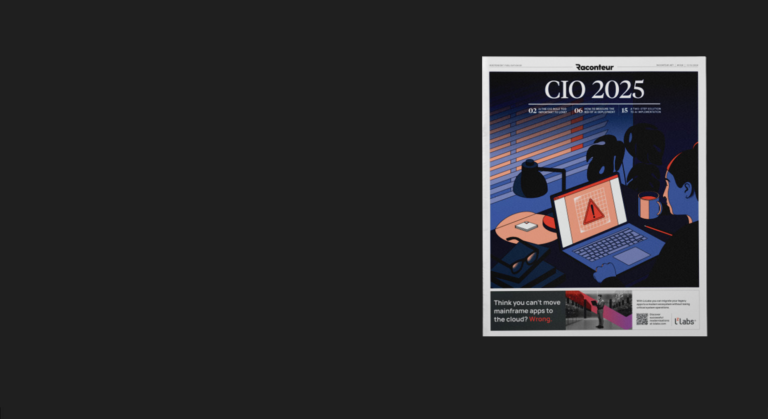Having worked with customers to develop IT modernisation journeys for many years, I have had the opportunity to gain insights in the evolution of mainframes, their usage and associated costs. Also, I have been fortunate to engage in enlightening and detailed discussions with industry experts in this field.
In this article, I will delve into the intricacies of mainframe costs, the factors driving their escalation, and strategies to effectively manage and reduce these expenses. I am happy to discuss any of my points with you – just contact me at lisa.woelk@lzlabs.com.
Mainframe Application Cost: Historical Context
To understand the current state of mainframe costs, it is essential to look back at the origins and evolution of the mainframe. In the 1960s, 70s, and 80s, mainframes were the predominant platform for business-critical applications. Initially, the majority of the costs were associated with the application itself, either through development or acquisition. This application-centric cost structure accounted for approximately 50-80% of the total investment, with the remaining 20-30% allocated to hardware and core software components like the operating system and databases.
The Shift in Mainframe Cost Dynamics
As businesses grew and their mainframe applications expanded, the underlying platform’s size and complexity increased. Consequently, a plethora of software tools were developed to support, enhance, secure, and facilitate the ongoing development of these applications. Over time, the costs associated with these tools began to surpass the initial application costs. The hardware costs remained relatively stable, with incremental upgrades, but the licensing costs for software tools, often based on metrics like MIPS (Million Instructions Per Second) or MSUs (Million Service Units), saw substantial increases.
The Growing Burden of ISV Costs
The cost of Independent Software Vendor (ISV) tools has grown exponentially, outpacing both hardware and core software costs. This growth is primarily due to the licensing models tied to consumption metrics. As the capacity of mainframes expanded, so did the costs. For instance, a mainframe platform that started with 2,000 MIPS in 1972 has seen its costs multiply by 5,000% due to increased consumption.
The Disconnect Between Metrics and Value
One of the core issues with mainframe cost structures is the reliance on MIPS and MSUs as metrics. These metrics measure computing power consumption but do not reflect the actual business value derived from the applications. Business value is often measured in terms of transactions processed, policies written, or other relevant metrics. Aligning software licensing with these business metrics could provide a more accurate and fair cost structure.
The Impact of Vendor Consolidation
In recent years, the mainframe software market has seen significant consolidation through mergers and acquisitions. This consolidation has reduced competition and increased the pricing power of a few dominant vendors. As a result, customers face higher costs and fewer alternatives. The effort required to switch vendors or tools is often prohibitive, leading to a form of vendor lock-in.

Strategies for Managing Mainframe Costs
Given the challenges of rising mainframe costs, organisations must adopt proactive strategies to manage and mitigate these expenses. Here are a few key approaches:
1. Long-term Contracts: Despite their historical unpopularity, long-term contracts can provide cost certainty. Locking in prices for a longer period can protect against the significant price increases seen at contract renewals.
2. Value-based Metrics: Engage with vendors to explore licensing models based on business value metrics rather than MIPS or MSUs. Some vendors may be open to negotiating terms that align better with the business’s performance
3. Replatforming: For organisations with smaller mainframe footprints, replatforming to alternative environments can be a viable short-term solution to cut costs while planning for a longer-term transition.
4. Modernisation and Replacement: Where possible, consider replacing core applications with modern, off-the-shelf solutions. Alternatively, rewrite or refactor existing applications in modern languages to reduce dependence on legacy mainframe environments.
5. Strategic Planning: Proactively plan for future transitions rather than reacting to immediate cost pressures. Understand the timelines and resources required for moving applications off the mainframe and align contract negotiations accordingly.
Conclusion
The cost dynamics of mainframes have evolved significantly over the decades, driven by increasing consumption metrics and vendor consolidation. However, with strategic planning and proactive management, organisations can mitigate these costs and ensure their mainframe investments continue to deliver value. Whether through long-term contracts, value-based metrics, or replatforming initiatives, the key is to stay ahead of the curve and make informed decisions that align with long-term business goals.
For more personalised advice on managing mainframe costs and negotiating contracts, feel free to reach out. Let’s work together to develop a strategy that suits your organisation’s unique needs and challenges.




